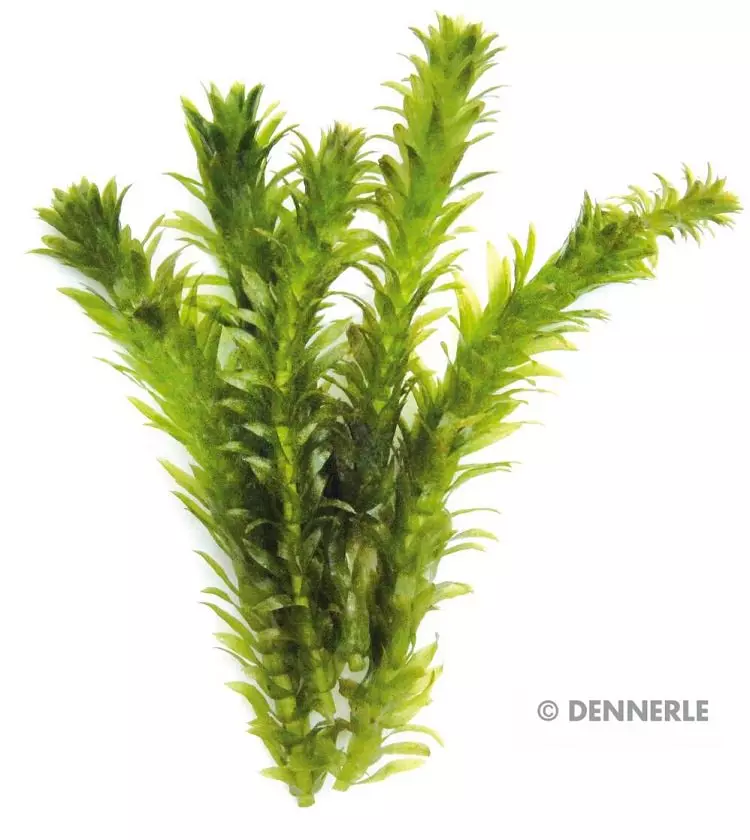







CHF 6.50
Stock: 0
Available in 1-3 days, acquisition time 14 days

🌿 Hygrophila sp. 'Araguaia' InVitro
Reddish-brown accent plant with unique growth habit
Hygrophila sp. 'Araguaia' from Aqua Art is a particularly attractive, compact stem plant with a reddish-bronze color and finely branched growth. It is ideal for the foreground to midground and provides structured contrasts and warm color accents in aquascapes.
This plant is one of the slow-growing Hygrophila species and can be easily shaped and thickened by regular pruning. Supplied as an in-vitro plant, it is free from algae, snails and pesticides - ideal for shrimp tanks and sensitive aquariums.
✅ Advantages at a glance:
-
Compact Hygrophila with reddish-bronze leaves
-
InVitro - sterile, snail-free & pesticide-free
-
Ideal for the foreground or middle ground
-
Slow-growing - easy to shape and grow bushy
-
Good effect with strong lighting & CO₂ supply
-
Very decorative in natural aquariums and layouts with contrasting colors
📋 Product details:
-
Name: Hygrophila sp. 'Araguaia'
-
Type: Stem plant
-
Placement: Foreground to midground
-
Growth height: approx. 5-15 cm
-
Light requirement: medium to high
-
CO₂ supply: recommended
-
Growth: slow
-
Delivery form: In vitro cup (sterile cultivated)
-
Manufacturer: Aqua Art
💡 Zoo Roco tip:
Combine Hygrophila 'Araguaia' with light green plants such as Micranthemum or Hydrocotyle sp. 'Japan' - to show off the darker coloring particularly well. For a dense carpet, regular pruning is recommended.
Hygrophila 'Araguaia' provides subtle color accents and fine structure in the lower section of the aquarium - ideal for sophisticated layouts and harmonious plant design.
0 of 0 reviews
Login
Customers also bought
Similar products
Customers also viewed








.jpg)











